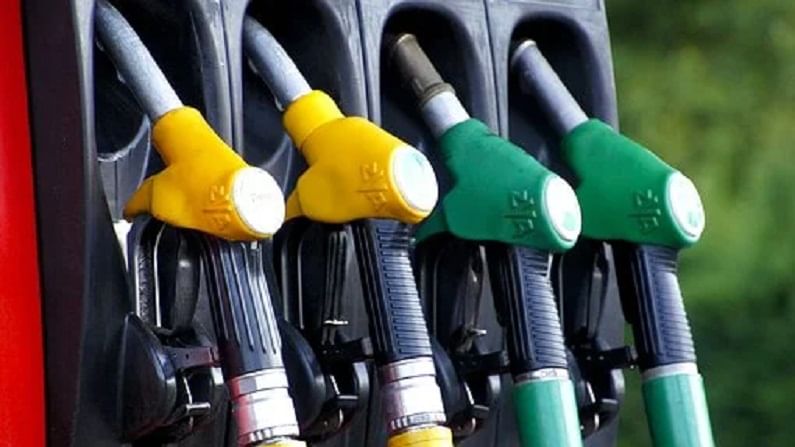Tax cut on fuel can be Rs 35,000-cr consumption boost
The estimated loss to the exchequer will remain in consumers’ pockets

A cut in excise duty on petrol and diesel a day before Diwali has, after a relentless hike in prices, has brought much respite to consumers. The relief comes at the cost of Rs 35,000 crore to the exchequer, according to an estimate by the Business Standard. But the tax cut will act as a stimulus since the amount will remain in the consumers’ pockets, the newspaper said in a report.
This would have added to the fiscal deficit by 0.15%, considering other things constant, but for the government fiscal deficit is the least of the worries this year because “revenue from primary streams is strong”, according to the report.
In the first half of the current financial year, the government has met 55% of annual receipts, significantly higher than the average of 40% in the first six months. Growth in tax revenues in FY has been good. It has met 60% in the first half, it said.
Rating agency ICRA’s Aditi Nayar expects that the Centre’s coffers will welcome Rs 1.9 trillion of revenues over and above the budgeted numbers, says the Business Standard report, adding that even if the fuel tax cut shaves off Rs 35,000 crore, the government’s revenue position will remain strong.
Nomura says the revenue loss for the remaining part of FY22 will be Rs 45,000 crore. It revised upwards the earlier estimate of fiscal deficit to 6.5% of GDP from 6.2%. The budget target is 6.8%.
According to Nomura, retail inflation should come down by 0.14 percentage points due to direct effects of the tax cut, and up to 0.3 percentage points if indirect effects are included.
The potential loss to the exchequer has been calculated after taking into account that the Centre has earned revenue at the older rates for 7 months of this financial year. About 40-42% of the fuel is consumed in the last five months on an average, according to the Business Standard analysis of petrol and diesel consumption in the previous years.
According to the Budget 2021-2022, the government estimated Rs 3.2 trillion from petrol and diesel. The loss figure has probably arrived after calculating probable revenue from the last five months.
Further, petrol accounts for a 30% share in total consumption of the two retail fuels. This share has been used to arrive at the estimate of revenue lost.
The Centre and states together have pocketed close to Rs 7 trillion (nearly 3%of GDP) just from levying tax on the two fuels since rates were raised after the pandemic began.
After the Centre’s decision to cut fuel taxes, it is likely that some states will follow suit and reduce sales tax (or value added tax) on the fuels. Some states like Tamil Nadu (reduced VAT by Rs 3 per litre) have already taken the step.
But it is equally likely that states might maintain the status quo. Unlike the Centre, which raised taxes heavily in the form of cess and gained much more than states, states’ earnings from fuels have remained steady at Rs 2 trillion annually for three years.